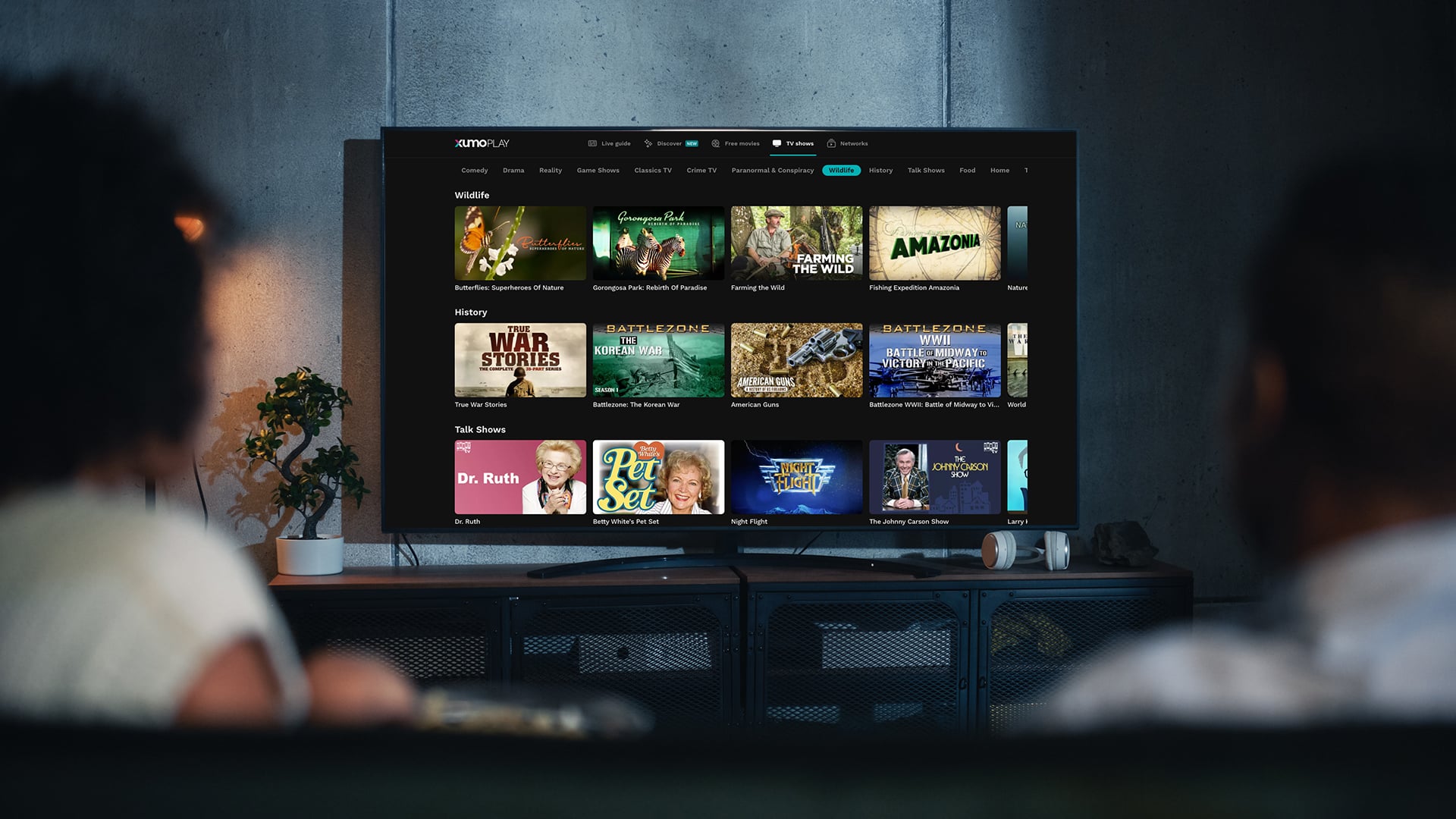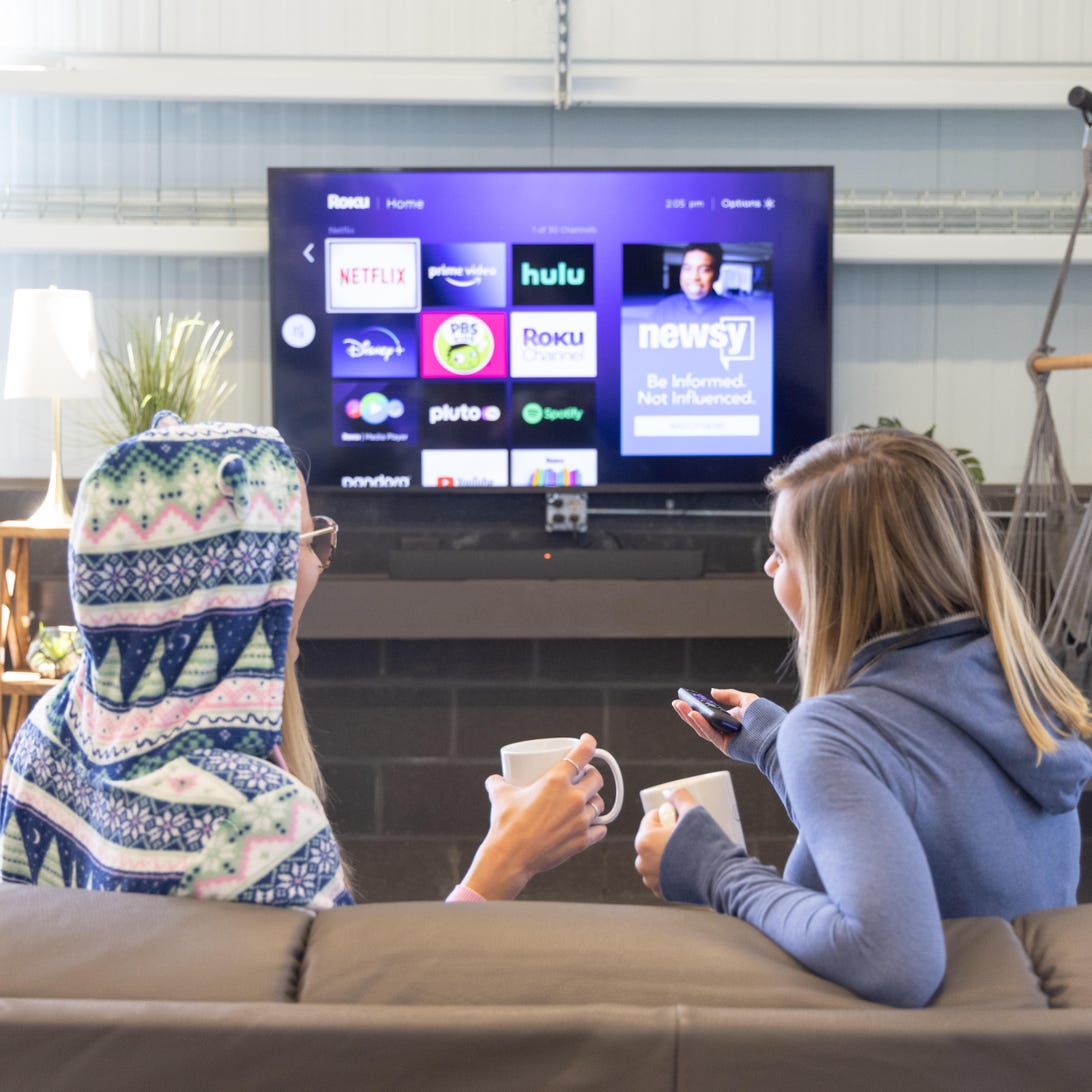The smart Trick of Apollo Group Tv That Nobody is Discussing
The smart Trick of Apollo Group Tv That Nobody is Discussing
Blog Article
The Buzz on Apollo Group Tv
Table of ContentsHow Apollo Group Tv can Save You Time, Stress, and Money.The Best Strategy To Use For Apollo Group TvThe Single Strategy To Use For Apollo Group TvThe smart Trick of Apollo Group Tv That Nobody is Talking About
In this circumstance, instead of having three-minute industrial places during a 30-minute television program, television shows might change to one where a consumer will be called for to have a month-to-month subscription, to ensure that they cen sight targeted banner advertisements. This kind of marketing already happens on the web, and the quantity of information television companies gather enables them to do a lot the very same.Describe the major fads amongst the broadcasting and cord networks. Popular radio shows such as authorities drama Dragnet and western cowboy series Gunsmoke were adapted for tv, and new TV programs were funded by single advertisers, simply as radio programs had been.
Today, the tv market is even more complex. Programs are sponsored by multiple marketers; shows is managed by major media empires; and the 3 major networks no more control the airwaves but rather share their customers with various cable networks. A number of factors make up these patterns within the industry, consisting of technological growths, government regulations, and the production of new networks.

The Ultimate Guide To Apollo Group Tv
Established in 1969, (PBS) established out of a record by the Carnegie Payment on Educational Television, which checked out the role of instructional, noncommercial tv on society. Public tv was additionally meant to supply universal access to tv for visitors in rural areas or visitors who can not afford to pay for personal tv solutions.
The period between 1950 and 1970 is traditionally identified as the. In addition to a small part of airtime regulated by public television, the three major networks (recognized as the Big 3) dominated the television market, collectively making up even more than 95 percent of prime-time watching. In 1986, Rupert Murdoch, the head of multinational company News Corp, introduced the Fox network, testing the prominence of the Big 3.
Targeting young and minority target markets with shows such as Buffy the Vampire Slayer, Moesha, Dawson's Creek, and The Wayans Bros., the new networks wanted to draw stations away from their old network affiliations. Instead than duplicating the success of Fox, UPN and WB battled to make an influence. Incapable to bring in many affiliate stations, both new networks reached less homes than their larger competitors since they were unobtainable in some smaller cities.
This choice led the way for the growth of cable flick channels, adding to the exponential growth of cable television in the 1980s and 1990s. apollo tv group. More deregulation of wire in the 1984 Wire Communications Policy Act eliminated restrictions on cord prices, allowing drivers to charge what they wanted for wire services as long as there was reliable competitors to the service (a requirement that over 90 percent of all cable television markets can meet)
Apollo Group Tv Can Be Fun For Everyone

Having actually developed the first "superstation," Turner expanded his realm by starting 24-hour information network CNN in 1980. At the end of the year, 28 national programming services were offered, and the wire revolution had begun. Over the next decade, the market went through a duration of quick development and appeal, and by 1994 viewers could pick from 94 fundamental and 20 costs cord solutions.
Number 9 - https://anotepad.com/note/read/j6q3675f.16 Enhanced competitors from cable channels has actually caused a stable decline in the networks' target market ratings. Throughout the 1950s, the price of creating a solitary tv show enhanced as programs came to be longer and production expenses rose. Sponsorship on network television shifted from single sponsorship, in which a program was totally sustained and produced by one advertiser, to several sponsorship, in which marketers bought 1- or 2-minute spots on the show
Pick one of the Big Four networks and publish out its weekly programming schedule. See the network's prime-time programs over the course of a week, noting the target demographic for each show.
3 Simple Techniques For Apollo Group Tv

Linear TV, typically referred to as standard program TV, includes cable television and satellite television., believe of it as the traditional way of viewing TV that has been around for years.
Report this page